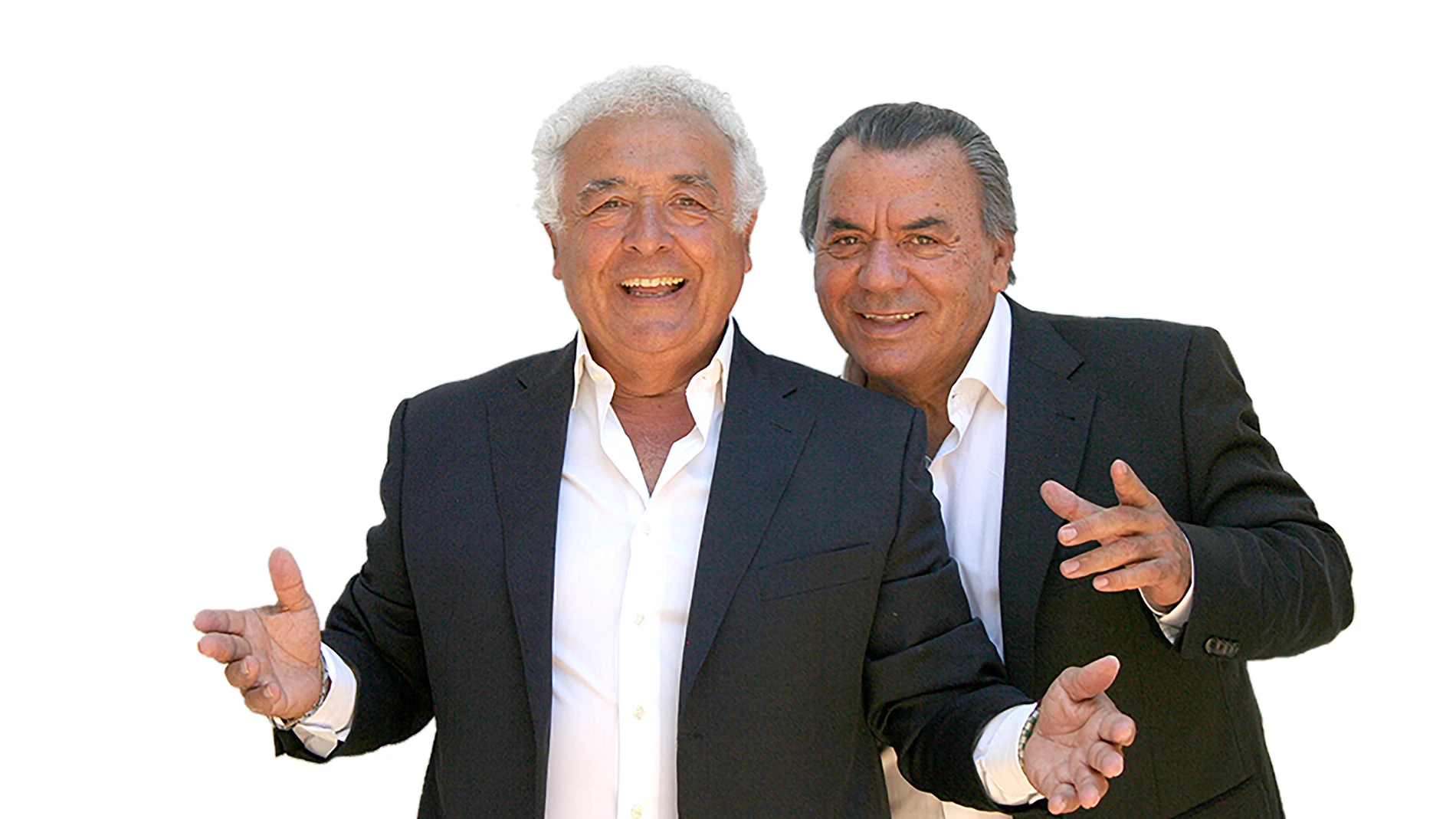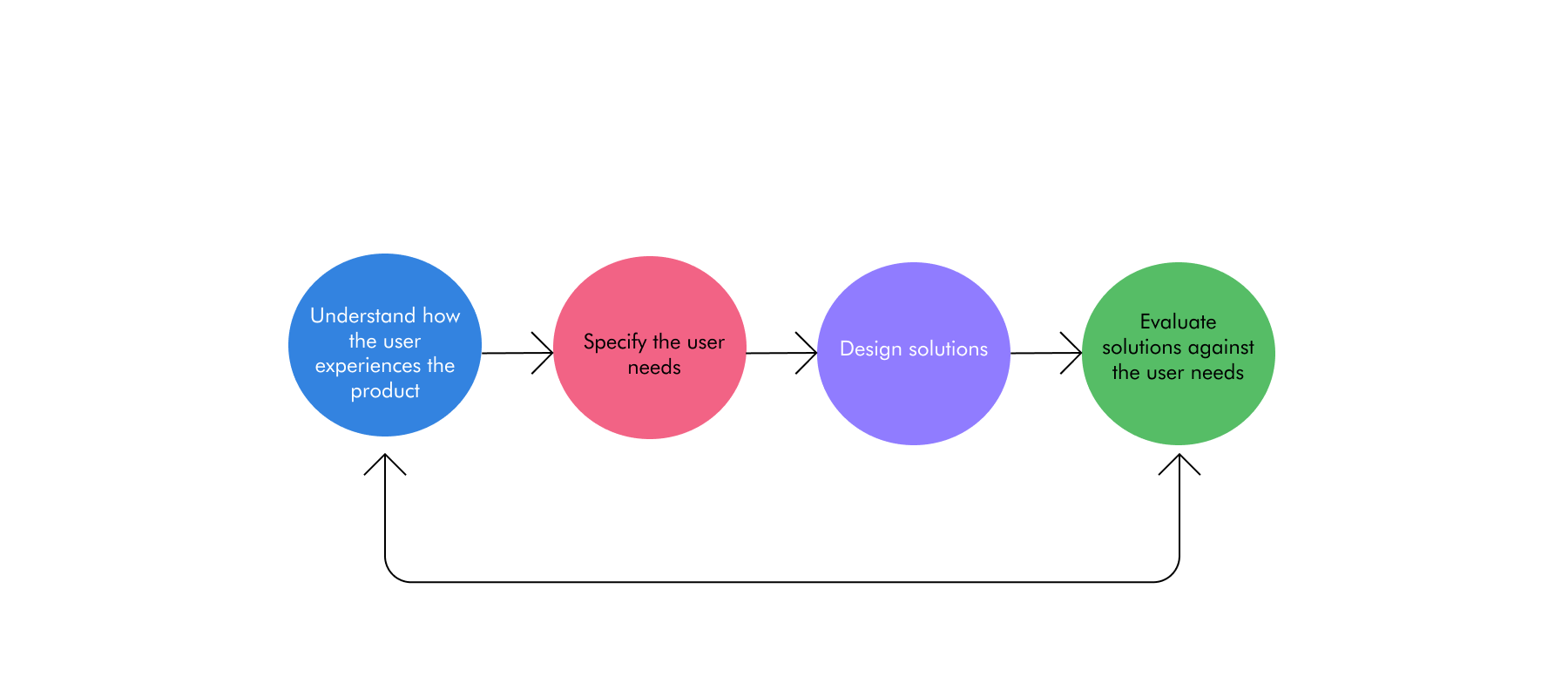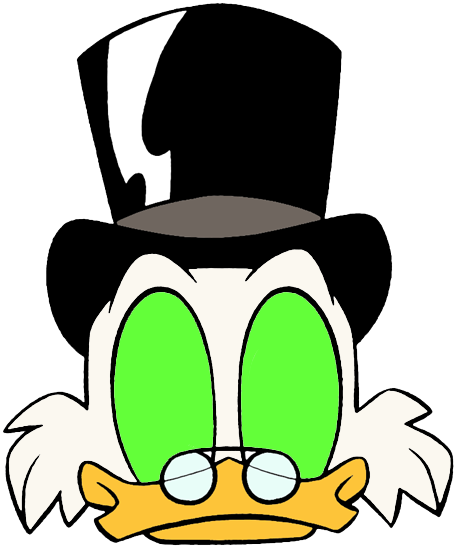
When asked what UX Designers do…. basically, we research, plan and design digital products that users can easily interact with. User experience designers create the applications you use on a daily basis – and try to make it easier for you to use them. UX designers can help you improve revenue, customer retention, customer satisfaction and customer loyalty in a business.
User-centered design considers the needs and desires of the user at each phase. We go back to certain phases over and over again, iterating our designs and creating the best possible product based on the needs of your intended users. Empathy for the user is at the core of the user-centered design process. Creating a product that makes users feel good is about more than how it works, it’s about how the person feels when interacting with it.
Research
What do customers want? Can they figure out how to use our product?
During the research phase, UX designers would conduct user research to understand the needs, goals, and pain points of potential customers. This can include gathering feedback through surveys, interviews, and usability testing. The goal is to gain insights into how users think, feel, and behave when interacting with similar products or services. By understanding the user’s needs and preferences, UX designers can create a product that meets their expectations and is easy to use.
Planning
How can we design the product to meet those needs? What features should we include? What should the user interface look like?
In the planning phase, UX designers would take the insights gathered from the research phase and use them to inform the design of the product. This involves creating user personas, defining user journeys, and mapping out the product’s features and functionality. The UX designer would also consider the user interface design, including the layout, typography, and color scheme.
Design
Creating wireframes, prototypes, and visual designs that reflect the planning and research we’ve conducted.
The design phase involves creating wireframes, prototypes, and visual designs based on the planning and research conducted. The UX designer would create low-fidelity and high-fidelity prototypes to test the product’s functionality and usability. They would also design the visual interface, including the graphics, images, and animations.
Testing
How well does the product meet the needs of the user? What needs to be changed or improved?
The testing phase involves gathering feedback from users to evaluate the product’s effectiveness and identify any issues or opportunities for improvement. UX designers would conduct usability testing to see how users interact with the product and gather feedback through surveys or interviews. Based on the feedback, the UX designer would make changes or iterate on the design to improve the user experience.
Iterating
Going back through the design process to make changes or improvements based on testing results.
Finally, UX designers would iterate on the design based on the feedback gathered during the testing phase. This could involve making changes to the product’s features, functionality, or user interface design. By continually iterating and improving the design, UX designers can create a product that meets the needs and expectations of its users.
Product design: What are we building? What are we not building? What’s in this release?
Copywriting: How do we describe our product to customers in a way they understand?
Interaction design: How does the product behave? How is it organized?
Visual design: How does the product look and feel?
UI development: How do we build quality interfaces quick and efficient?

